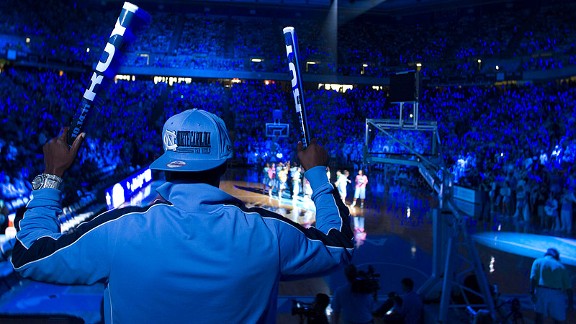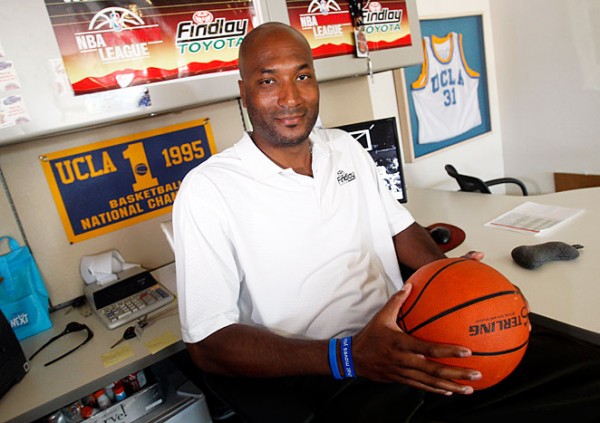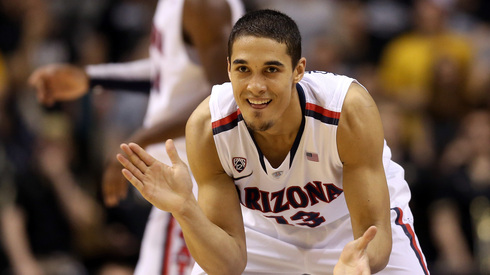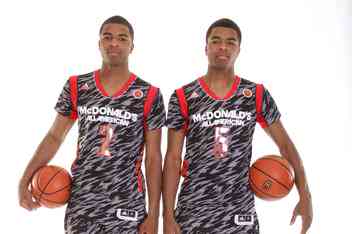The Jason Capel-Devonte Graham Controversy is Officially a Mess
Posted by Chris Johnson on September 30th, 2013Chris Johnson is an RTC Columnist. He can be reached @ChrisDJohnsonn.
The biggest source of frustration with the NCAA’s outdated guidelines is its amateurism philosophy, which holds that student-athletes cannot accept money above the amount provided with a room and board scholarship. Not far behind is the swath of restrictive policies the organization has in place, primarily those concerning transfers. In a world where coaches are allowed to switch jobs on a whim, collecting fat paychecks in the transfer while players are forced not only to seek a permission to contact and clear a desired destination with their head coach but also sit out one season before regaining eligibility, is royally screwed up. Few rational people deny this. Another source of mass antipathy? The national letter of intent (NLI), which basically forces players to give up every form of leverage they have before ever enrolling at their university of choice. By signing the NLI, players are: 1) prohibited from being recruited by other schools; 2) forced to enroll at their selected school, lest give up 25 percent of their athletic eligibility; 3) forced to abide by standard transfer rules (permission to contact, maniacally restrictive coaches declaring a raft of schools and conferences off limits, the customary one-year holdover penalty, etc.). This does not sound like a fair agreement, and it isn’t! Which leads one to wonder why a player like Devonte Graham, a point guard from Raleigh who committed to Appalachian State in September 2012 and used the early November signing period to ink his NLI, would ever sign it in the first place.
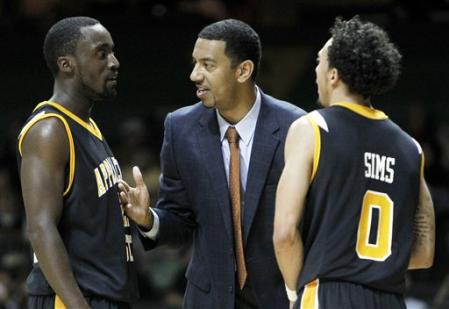
Not releasing Graham from his NLI makes Graham come off as cruel and unforgiving, but we may not know the full story (AP).
After signing to play for Appalachian State and head coach Jason Capel, Graham’s stock soared as he impressed coaches during his senior season at Broughton High School. Other schools – schools most young point guards from Raleigh would choose over Appalachian State at a moment’s notice (no offense, App) – predictably took notice. Graham had soon drawn interest from a host of high D-I programs, including Pittsburgh, Providence, Creighton, Wichita State, UConn and Rhode Island. By mid-February, Graham had asked for a release from his NLI to pursue a more high-profile college hoops experience. Far from being cooperative, Capel failed to oblige his request. Now spending a post-graduate year at Brewster Academy in Wolfeboro, New Hampshire, essentially stuck in eligibility limbo, Graham faces the likelihood of having to burn one year of eligibility if he decides to transfer to another school. Unless, of course, Capel sets him free. Based on a statement released from the school Saturday, it only appears the school, and Capel, are digging their heels in even further.






























